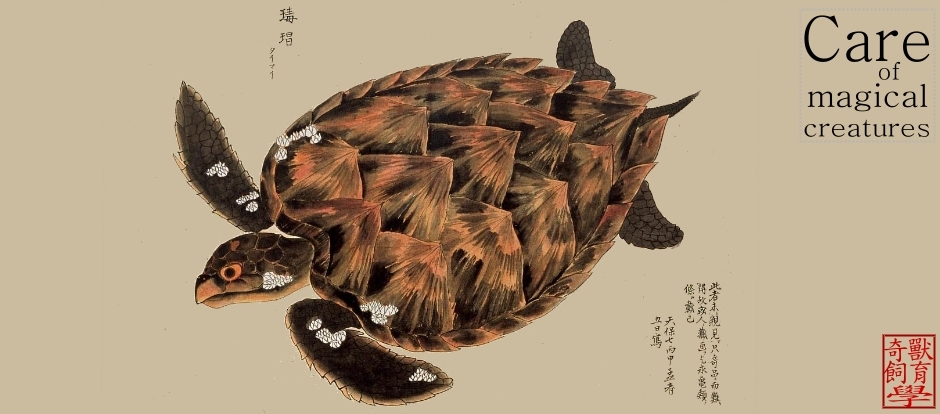
 文獻來源: Glaubrecht M, Rintelen T von. 2009. The species flocks of lacustrine gastropods: Tylomelania on Sulawesi as models in speciation and adaptive radiation. Developments in Hydribiology 205: 181-199. [link]
文獻來源: Glaubrecht M, Rintelen T von. 2009. The species flocks of lacustrine gastropods: Tylomelania on Sulawesi as models in speciation and adaptive radiation. Developments in Hydribiology 205: 181-199. [link]Abstract
Endemic radiations provide splendid opportunities for studies in evolutionary biology. Species flocks in ancient lakes, such as in Tanganyika, Malawi or Baikal, have featured prominently in evolutionary biology, viewing these “evolutionary theatres” as hotspots of diversification. However, following a century of neglect, the endemic evolution of limnic cerithioidean gastropods in the two central lake systems on the Indonesian island of Sulawesi (i.e. Lake Poso and the lakes of the Malili system, e.g. Danau Matano, Mahalona and Towuti) also provide instructive model cases for the study of speciation mechanisms, adaptive radiation and annidation (i.e. niche exploitation). We here discuss the evolutionary and taxonomic implications of the lacustrine species flocks in Tylomelania from these lakes in Sulawesi as an exceptional endemic assemblage of morphologically distinct viviparous pachychilid gastropods. This first comprehensive compilation of data on both ancient lake systems, Poso and Malili, offers a new perspective on ecological differentiation in this radiation. Presented here within the framework of the theory of evolutionary ecology it provides a research program for acquiring a synthetical perspective that includes morphology, molecular genetics, ecology and biogeography. In this context, it will be possible to compare the species flocks of these truly “Darwinian snails” on Sulawesi with the long enigmatic, so-called thalassoid (i.e. marine-like) gastropod radiation in East African’s Lake Tanganyika.
圖片連結: charm樂天市場店
